AMFRESH is one of the few family companies left in the sector. It has headquarters in both hemispheres and integrated companies dedicated to research and the production of varieties, such as Genesis Innovation Group for citrus fruits, pomegranates, kakis, and blueberries, as well as the SNFL program for table grapes. FreshPlaza visited the plants in Càrcer and La Pobla Llarga, Valencia, of the group led by Alvaro Muñoz. When the Muñoz family founded AMFRESH in 1932 in Murcia, the company was solely devoted to the production and marketing of lemons.
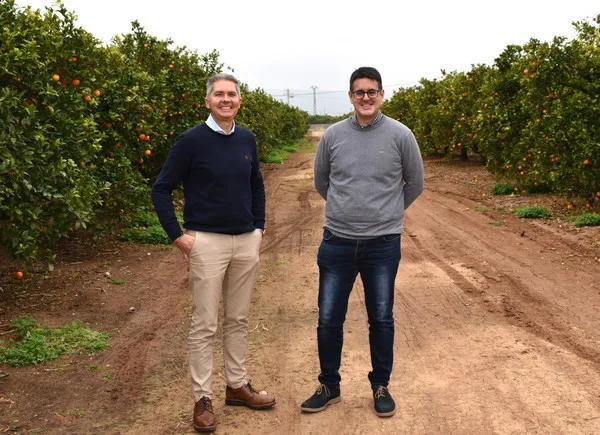
Antonio Oliver and Luis Miguel Lavado, the Managing Director and Commercial Manager of AMFRESH Spain.
Later, in the 70s, it would open two citrus processing and packaging plants in the province of Valencia. In the last 40 years, it has expanded its production in Spain, mainly in Andalusia, an area that already produces nearly 80% of the country's citrus fruits, as well as in the southern hemisphere.
AMFRESH Spain continues to focus mainly on citrus fruits and produces nearly 140,000 tons of these fruits per year. In Spain, it produces mandarins from September to June and oranges from mid-October to September. Its main markets are the United Kingdom and France, which account for 70% of all its sales. In recent years, however, the company has expanded its exports to Germany, the Baltic countries, Canada, the United States, and South Africa.
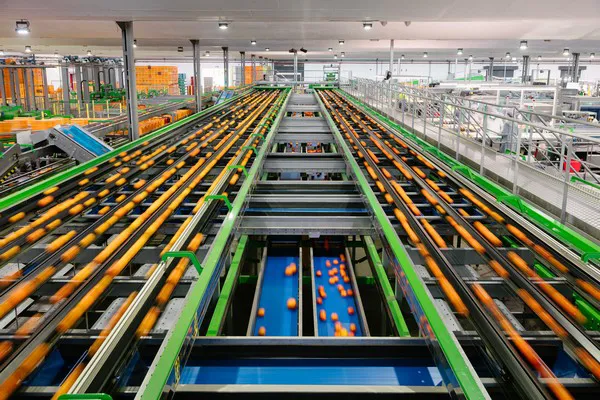
“We are the UK's leading citrus operator. We work with almost every retailer in the country. Our company is present in all the links of the chain. We have teams of researchers at the points of sale to find out what consumers want, and we also gather inputs from distribution and production, which gives us all the necessary information for research and to obtain varieties,” stated Antonio Oliver, managing director of AMFRESH Spain.
“There is a market gap for premium mandarin varieties in November and December”
The company, which is the largest producer of Orri and Tango mandarin in Spain, believes in the value of protected varieties. “We managed to get the Government of Israel to authorize the limited production of Orri in Spain because we have a good relationship with the Israeli company Mehadrin. We have taken into account consumer preferences and, based on different parameters, such as taste, peeling, and the amount of juice and seeds, among others, we've opted to develop and market new citrus varieties, such as Satsuma BELABELA, SIGAL mandarin, or new citrus concepts such as BANZZAI and The ALIZZA fruit tangelo,” Antonio Oliver added.
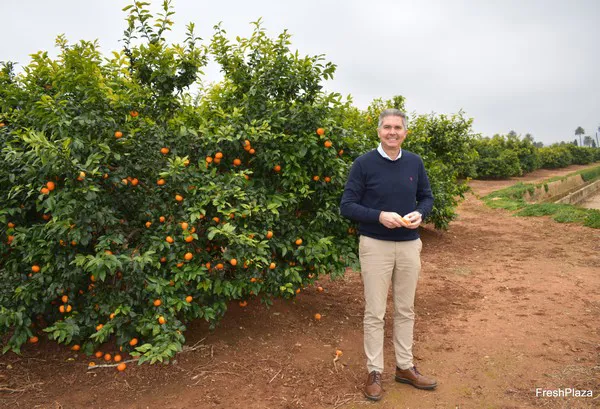
Antonio Oliver at one of AMFRESH's Orri mandarin farms in Càrcer, Valencia.
“That's why one of our main goals is to improve the existing supply of varieties. In Spain, we believe that the premium varieties available in the second part of the campaign, such as Orri and Tango, are very accepted and that it's difficult to add value to the offer in this part of the campaign. Thanks to our production volumes, we can cover demand from December to June with these varieties. However, there's still much that can be done in the first part of the campaign, especially between November and December, if we want Spanish production to remain competitive. Mandarin consumption remains high when the markets have varieties like the Orri or Tango,” he stated.
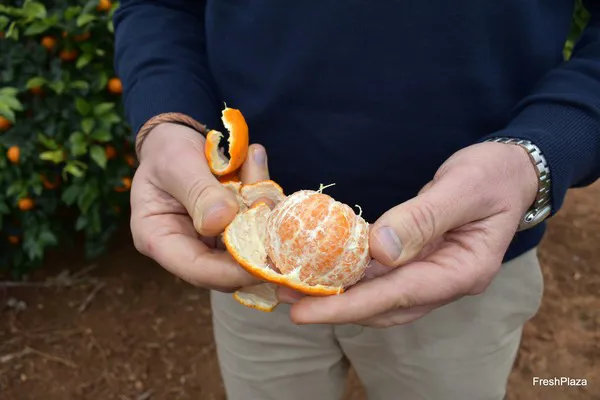
Orri mandarin.
“This is noticeable when the market changes from the southern hemisphere to the northern hemisphere. We move from these varieties in South Africa to other varieties in Spain (such as Marisol, Clemenrubi, and Oronules, among others) that do not offer the same organoleptic or agronomic qualities, which leads to a decrease in consumption until the varieties of the second part of the campaign enter the market. Our goal is to maintain this demand throughout the year. To do this, we are about to launch on the market two new mandarin varieties that have extraordinary attributes to give value to this part of the calendar and mitigate seasonality in this period,” stated Luis Miguel Lavado, commercial director of AMFRESH Spain.
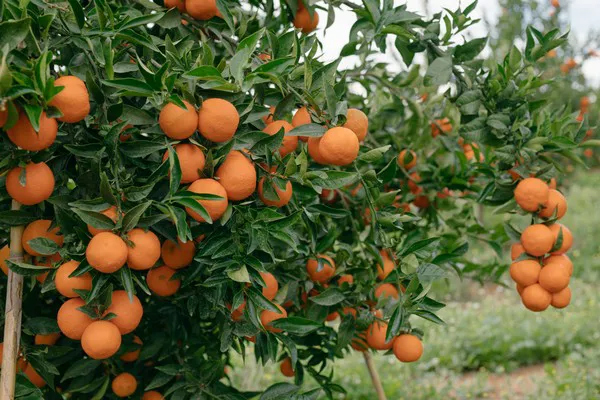
Margins are very tight and European retailers increase purchases from third countries
In general, the production, caliber, and commercial use of citrus fruits in the 2022/2023 campaign decreased, which led to a significant increase in citrus prices, because of the rains during the flowering period, the water supply issues caused by drought, especially in Andalusia, and the proliferation of pests, which was more accentuated in the Valencian Community.
“The lack of supply has been more noticeable in the second part of the campaign, especially in oranges, as their consumption has been slowed by high prices. In addition, its been very difficult to obtain profit margins due to the increase in production, processing, and transport costs, which already seem to have stabilized,” Luis Miguel and Antonio stated.
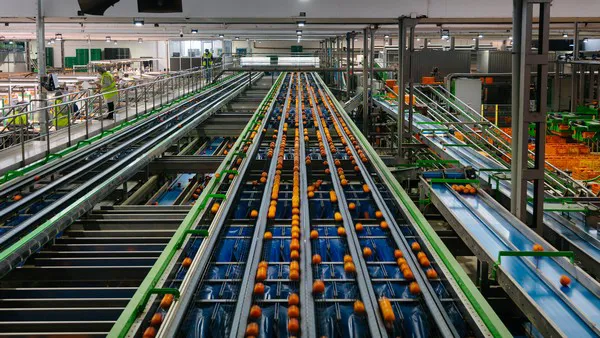
Faced with this inflation, high purchase prices, very tight margins, and fear among consumers in the face of an economic crisis, many of the large chains are increasingly focusing on the price and turning to third countries. The United Kingdom, for example, has significantly increased its imports from Egypt, Turkey, and Morocco. The products of these countries are cheaper as they don't have to comply with the same phytosanitary standards required of the EU producers. In addition, these countries have destined more products to Europe because they have been unable to ship them to Russia and Ukraine (due to the war) and to China (due to the restrictions as a result of Covid).
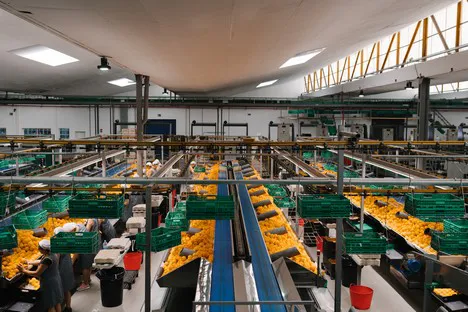
“Our farms are BeeFriendly, they have WWF certificates, our operations have 0% food waste, we focus on renewable energy and investments in digitization/robotics to ensure a perfect supply, etc. This is where we need to put focus to differentiate ourselves from the price war. There is a legacy of decades-long expertise in citrus.”
Mandarin consumption increases and orange consumption slows down
According to Luis Miguel and Antonio, mandarin and clementine consumption has continued to grow in recent years because of the convenience offered by how easy they are to peel. Meanwhile, orange consumption has decreased. “One of the most common ways oranges are consumed is in juice. However, our innovation team is also focusing on new orange varieties with great flavor and groundbreaking characteristics that aim to reinvigorate the orange category.”
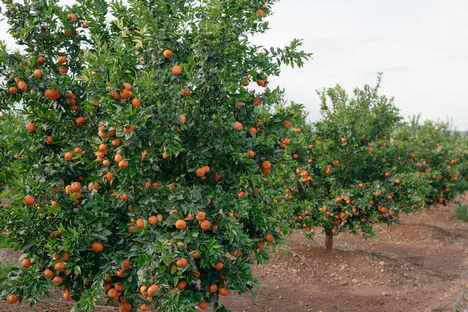
Spanish production needs to promote the Spanish Brand
According to Antonio and Luis Miguel, Spanish citrus production should also improve its brand as a country to increase its competitiveness. “When we visit trade fairs we always see country brands, such as 'Moroccan Citrus' or 'Egyptian Citrus', among others. Meanwhile, we see too many localisms in Spanish production. We believe that the Spanish Brand should be strengthened with more promotional actions at an international level.”
For more information:
Luis Miguel (Commercial Director)
AMFRESH Spain
T: +34 968278200
luis.lavado@amfresh.com
Patricia Sagarmínaga
(Group Director Marketing & Communications)
AMFRESH Group
M: +34 669161941
patricia.sagarminaga@amfresh.com
amfresh.com
